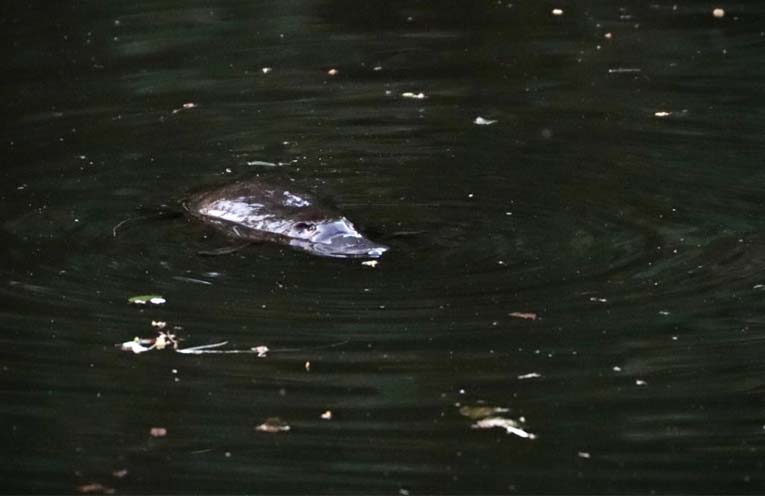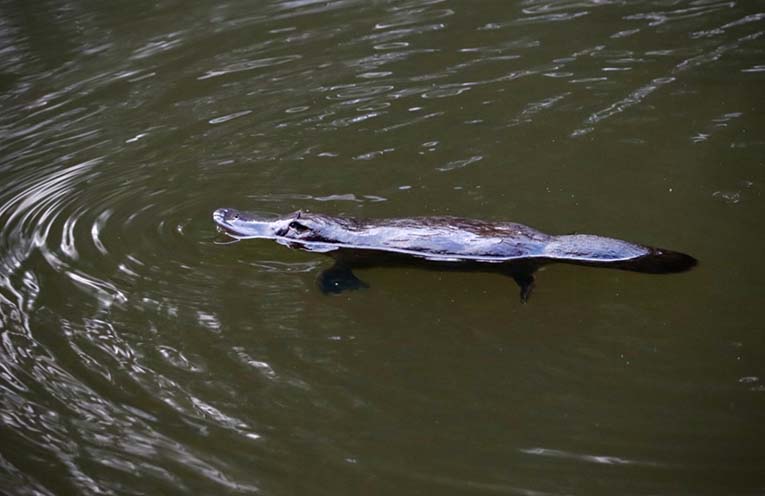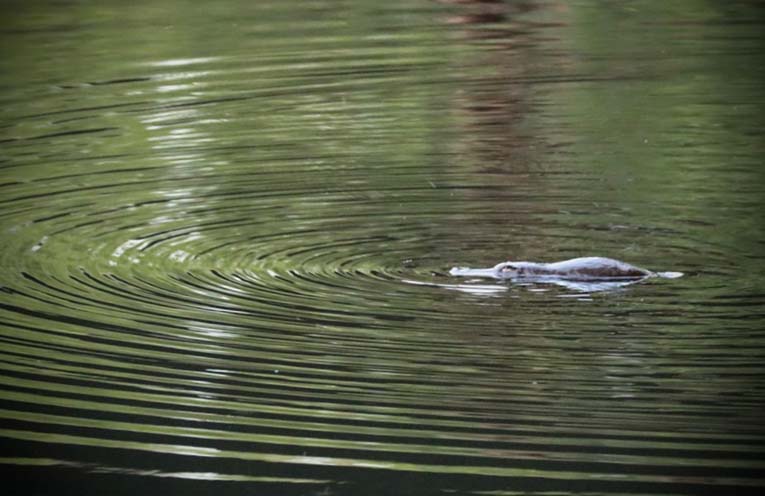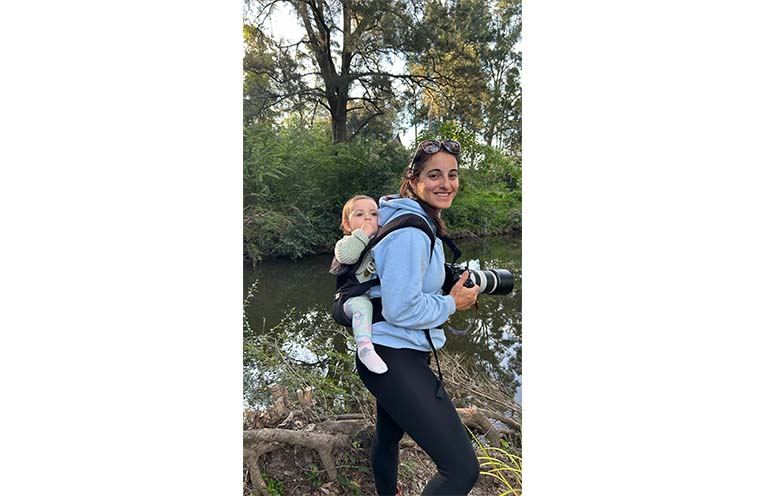
PLANS are underway for a tourist trail to shine a spotlight on the elusive platypus which call the region’s waterways home.
Stroud resident Rachel Barry, a primary school teacher at Karuah, is a driving force behind the project which was born from discussions had during meetings of Rural Aid’s Community Builders Program (CBP).
The CBP, which is currently running across the Upper Hunter, is a grassroots leadership program which supports locals within a defined cluster of communities to better understand and build their region and economy.
Rachel’s involvement in the CBP led to conversations with leaders from other towns in the program – Stroud, Gresford, Vacy, Paterson, Dungog, Clarence Town and Gloucester.
“We had discussions about what we value as a region, what we want to see happen in our towns, how we can make our communities better, and how do we increase visitor numbers or get people to move to the area.”
Eventually the idea for a Platypus Trail was formed, as a way to “tie all the towns in together” and create opportunities for eco-tourism, education, environmental protection and Indigenous inclusion.
“It started with a local in Stroud telling us that we had a platypus,” Rachel said.
“I didn’t know that we had them.
“We then went to visit the platypus pool.
“I don’t know if you have ever seen a platypus in the wild but it is just magical.
“You have to sit there silently… and then you see one and it is just this incredible experience.”
Despite originally thinking the platypus was endangered, Rachel said they are “actually quite common in this area”.
“They are just very elusive and shy and not often seen,” she said.
Still in the early planning stages, the Platypus Trail concept links Stroud, Dungog, Paterson, Vacy, Gresford, Clarence Town and Gloucester.
Certain towns would have a viewing area featuring educational signage on the platypus’ biology, environmental status, and Aboriginal cultural connections.
Organisers note that some towns are unsuitable for a viewing platform and a risk assessment is pending.
Art installations for photo opportunities have also been proposed so visitors can capture the experience even if they don’t spot a live platypus.
Trail maps will encourage people to visit the viewing areas in other towns, increasing their chances of seeing a platypus and having the flow on effect of boosting regional tourism.
“To tie in the neighbouring towns, signage will direct visitors to the next viewing opportunity,” Rachel said.
“It is a way of creating a trail for visitors which goes through the towns.”
Rachel also sees the concept as an opportunity to improve collaboration with Indigenous groups.
“There is a real lack of genuine Aboriginal acknowledgement in these towns, which is something I am very passionate about personally,” she said.
“I saw this as an opportunity to collaborate with local Indigenous groups to have some beautiful signage and to tell some of the Aboriginal stories around the platypus and the rivers and creeks.
“Hopefully in the future we can open up the opportunity for Aboriginal storytellers to do tours, and to take visitors through the platypus trail from an Indigenous perspective.”
The initiative has already received confirmed support from Arts Upper Hunter, Dungog Regional Tourism, Landcare and Local Land Services.
Organisers wish to reassure the community that careful consultation will take place with groups and individuals ahead of any project approval.
Rachel has written a children’s book about the local platypus, which is due to be released early next year.



